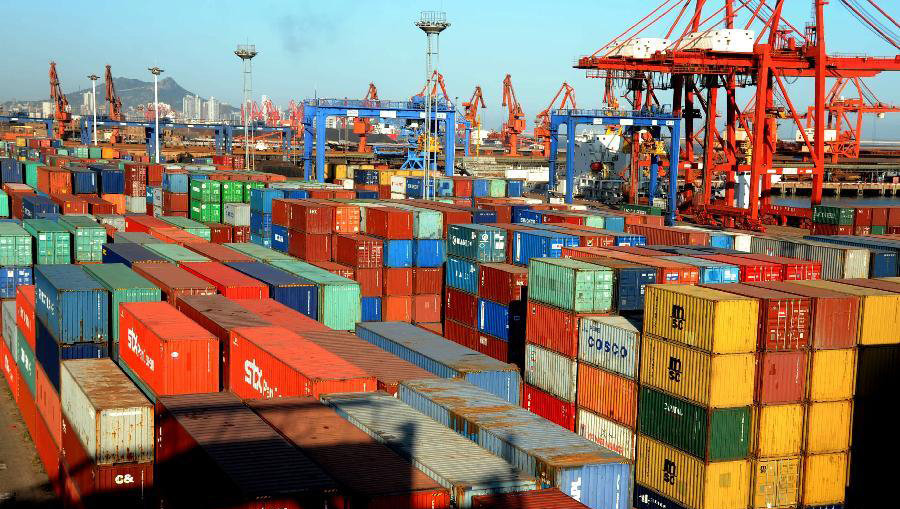The Ministry of Commerce has defended China’s overhauling of its exchange rate formation mechanism, a move which has seen a significant drop in the Chinese yuan’s central parity rate against the US dollar.
There has been concern in the international market over the connection between the yuan’s depreciation and China’s efforts to boost exports, Xinhua reported.
However, the MOC said in a statement that the drop, of 4.6% in three days after the adjustment on Aug. 11, was “a normal adjustment” and will have limited impact on foreign trade.
Since late last year, there had been a significant discrepancy between the yuan’s central parity rate and the spot trading rate. The new quotation regime of the central parity helped narrow the gap and allowed the market to play a bigger role in determining the yuan’s exchange rates, the statement said.
On Aug. 11, China’s central bank ordered that daily central parity quotes reported to the China Foreign Exchange Trade System before the market opens should be based on the closing rate of the inter-bank foreign exchange market the previous day, supply and demand, and price movement of major currencies.
After dipping 4.6% in the following three days, the yuan’s central parity against the dollar has since stabilized. “Under a global value chain, there is a downstream and upstream industrial division and international trade within a single industry is very common. So the boosting effect on exports arising from a currency depreciation will be shared by various economies and thus weakened,” according to the MOC.
It said the impact of a one-off rate adjustment on Chinese exports will be limited because around half of it is accounted for by processing trade, in which products’ raw materials are imported to China and the finished products are re-exported after assembly.
There is no basis for continued depreciation of the yuan, and the exchange rate will be kept “basically stable at an adaptive and equilibrium level,” the statement concluded.


